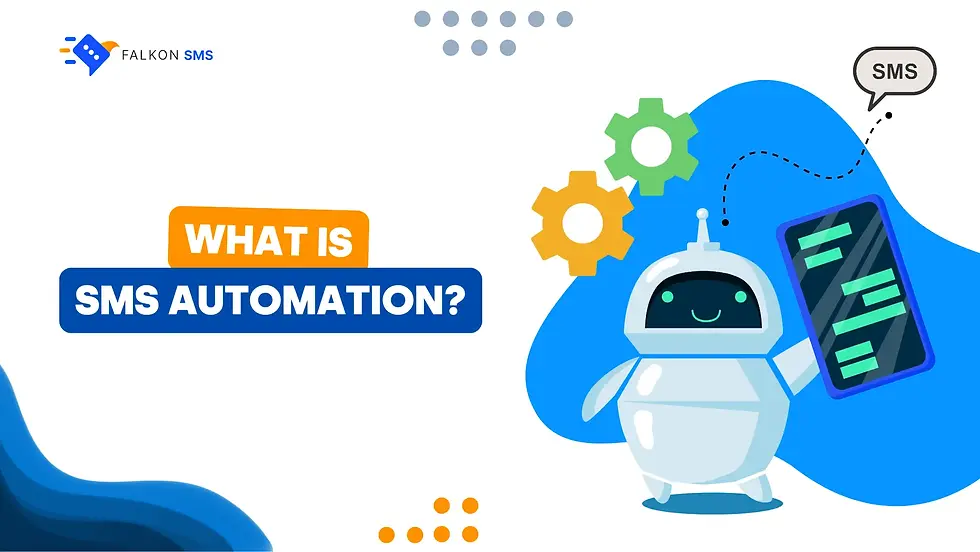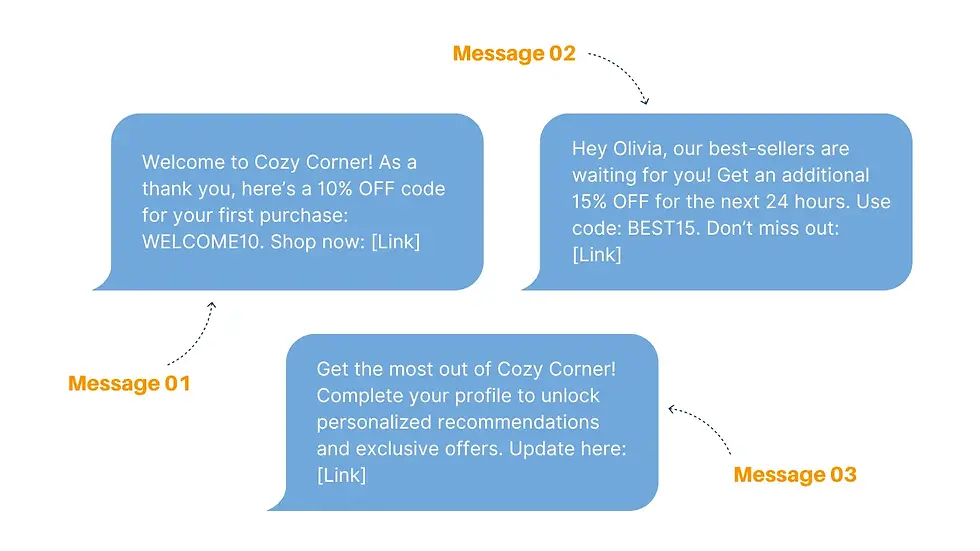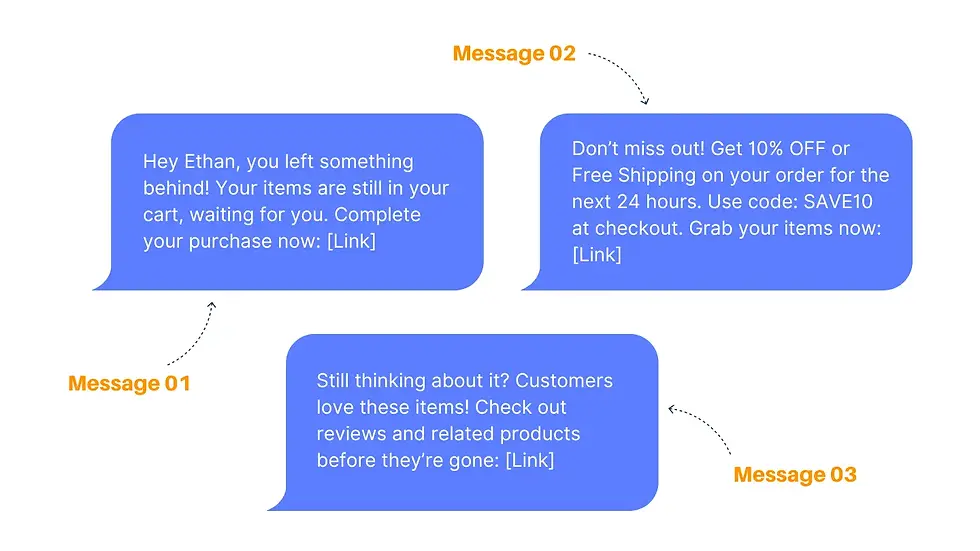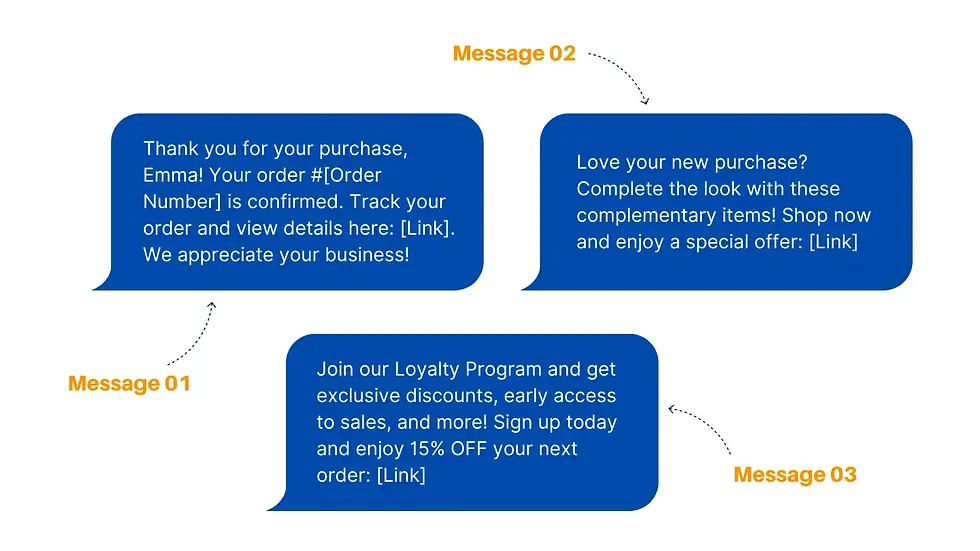
In today’s digital world, businesses are constantly seeking innovative ways to connect meaningfully with their audience. Enter SMS automation—a powerful tool that’s transforming customer engagement. From sending timely updates to crafting personalized onboarding experiences, SMS automation offers a wide range of possibilities.
This article delves into how businesses can leverage SMS automation to enhance customer experience, boost conversion rates, and stay ahead in a competitive market.
Table of Contents
What is SMS Automation?
SMS automation refers to the use of software like Falkon SMS to send automated text messages to customers based on specific triggers, events, or schedules. This technology allows businesses to engage their audience with personalized, timely messages, ensuring compliance with legal standards while optimizing communication.
By leveraging customer data, businesses can tailor messages to increase relevance and engagement, monitor the effectiveness of their campaigns, and continuously improve their SMS strategies.
Why SMS Automation Matters in Business Today
In today’s fast-paced digital landscape, SMS automation is crucial for businesses aiming to improve engagement, streamline communication, and achieve measurable results. Unlike other forms of communication, SMS offers a direct and immediate connection with customers.
Automated messages, triggered by actions such as making a purchase or abandoning a cart, help keep customers informed and engaged, leading to higher satisfaction and loyalty.
Moreover, SMS automation is a powerful driver of conversions. Whether used to send transactional updates or promotional offers, automated SMS messages can significantly influence purchase decisions.
Businesses can track key SMS marketing metrics like open rates and response rates to gain valuable insights into customer behavior, allowing for more targeted and effective marketing efforts. As the digital environment evolves, SMS automation remains a vital tool for maintaining growth, enhancing customer loyalty, and building strong relationships.
Key Features of Effective SMS Automation
SMS automation is more than just sending messages; it’s about creating a strategic flow that resonates with your audience. Here are some essential features:
Personalization
Personalization is the cornerstone of effective SMS automation. By tailoring messages based on user data, preferences, and behaviors, businesses can enhance relevance and drive engagement. Personalized messages foster stronger customer relationships and increase conversion rates.
Trigger-Based messaging
SMS automation flows are typically triggered by specific events or user actions, such as signing up for a newsletter or abandoning a cart. These triggers ensure that messages are timely and relevant, increasing the likelihood of customer interaction.
Compliance and consent management
Adhering to legal standards is crucial in SMS automation. Businesses must obtain explicit consent from customers before sending promotional messages, provide clear opt-out options, and ensure compliance with data protection laws. This not only builds trust but also mitigates legal risks.
Sequential messaging
Automated SMS flows often involve sending a series of messages over time, guiding customers through the journey. Whether it’s onboarding new users or nurturing leads, sequential messaging ensures consistent communication and encourages desired actions.
Evaluation and optimization
Regularly reviewing and optimizing your SMS automation flows is key to maximizing their effectiveness. By tracking metrics like open rates, click-through rates, and conversions, businesses can identify areas for improvement and adjust their strategies accordingly.
Real-World Examples of SMS Automation
Let’s explore how SMS automation can be applied across different industries and customer journey stages:
Welcome series for E-commerce
Trigger: User signs up for an account or newsletter.
Message 1: Welcome message with a discount on the first purchase.
Message 2 (24 hours later): Highlight best-selling products with a limited-time offer.
Message 3 (48 hours later): Encourage users to complete their profile for personalized recommendations.

Abandoned cart recovery
Trigger: The user adds items to the cart but doesn’t complete the purchase.
Message 1 (1 hour after abandonment): Reminder about the items left in the cart.
Message 2 (24 hours later): Offer a time-limited discount or free shipping.
Message 3 (48 hours later): Highlight related products or customer reviews to encourage purchase.

Post-Purchase upsell
Trigger: User completes a purchase.
Message 1: Order confirmation with transaction details.
Message 2 (1 day later): Suggest complementary products.
Message 3 (3 days later): Invite to a loyalty program with exclusive discounts.

How to Implement SMS Automation Successfully
Implementing SMS automation requires a strategic approach. Here’s how to get started:
Define your goals
Clearly outline what you want to achieve with your SMS automation campaign. Whether it’s increasing sales, boosting brand awareness, or nurturing leads, setting specific goals will guide your strategy and help measure success.
Choose the right platform
Select an SMS automation platform that aligns with your budget and marketing objectives. Key features to look for include audience segmentation, scheduling, analytics, and compliance with regulations like TCPA and GDPR. Falkon SMS is a great choice to get started.
Build your subscriber list
Create a permission-based subscriber list by obtaining explicit consent from users to receive SMS messages. Offer incentives for sign-ups, such as discounts or exclusive content, and clearly communicate the benefits of subscribing.
Segment your audience
Divide your subscribers into segments based on factors like interests, engagement level, and purchase history. Segmentation allows you to send targeted messages that resonate with specific audience groups, increasing engagement.
Design and schedule your flows
Create automated SMS flows that align with your campaign goals and audience segments. Craft concise, compelling messages that offer value to the recipient. Schedule these messages to be sent at optimal times based on user behavior or triggers.
Monitor and optimize
Regularly analyze the performance of your SMS automation flows against your goals. Identify what’s working and where there’s room for improvement and make necessary adjustments. Continuously refine your flows to stay aligned with changing customer needs and business objectives.
Best Practices for Optimizing SMS Campaigns
To get the most out of your SMS automation efforts, follow these best practices:
Identify key triggers
Pinpoint crucial events like user sign-ups, purchases, or cart abandonments that should trigger your SMS automation flows.
Set clear objectives
Establish clear objectives for each automation flow, whether it’s driving sales, enhancing engagement, or reducing churn. Align your tactics with these goals for maximum impact.
Craft compelling messages
Create short, impactful messages tailored to each stage of the customer journey. Use customer data to personalize content, making it more relevant and actionable.
Develop sequential flows
Design a series of messages that guide customers through key actions or interactions. A well-planned sequence ensures a seamless and engaging customer experience.
Monitor and adjust
Track key metrics like open rates, click-through rates, and conversions to gauge the effectiveness of your flows. Use these insights to fine-tune your strategies for better results.
Respect user privacy
Always follow best practices for SMS marketing, including obtaining explicit consent and providing easy opt-out options. Compliance with data protection regulations is essential for maintaining trust and transparency.
Final Thoughts
SMS automation is a game-changer for businesses looking to enhance their marketing toolkit. Delivering timely, relevant, and personalized messages is no longer a luxury—it’s a necessity.
Remember, the key to long-term success with SMS automation is continuous optimization and the ability to adapt to new trends and customer preferences. As you refine your strategy, keep the customer experience at the forefront, and you’ll see positive results in engagement and conversions.